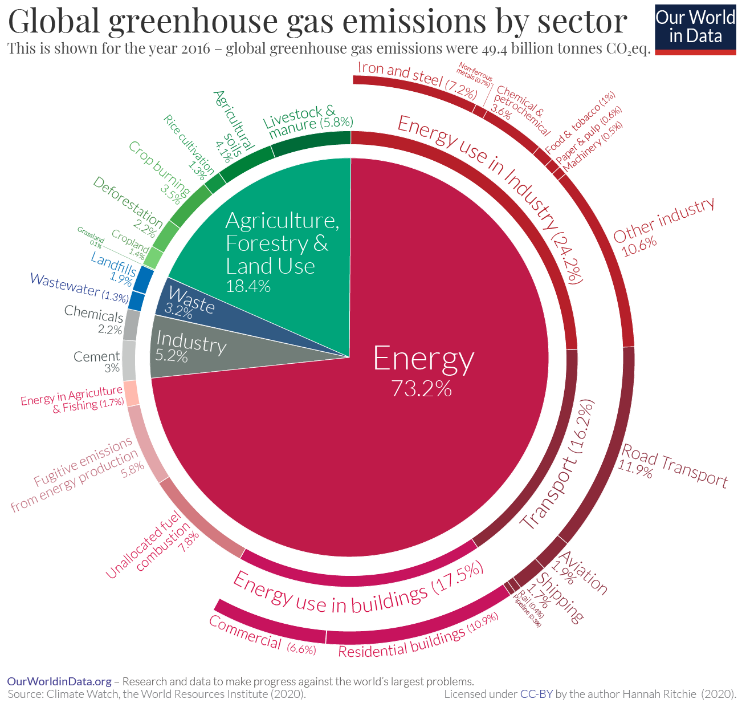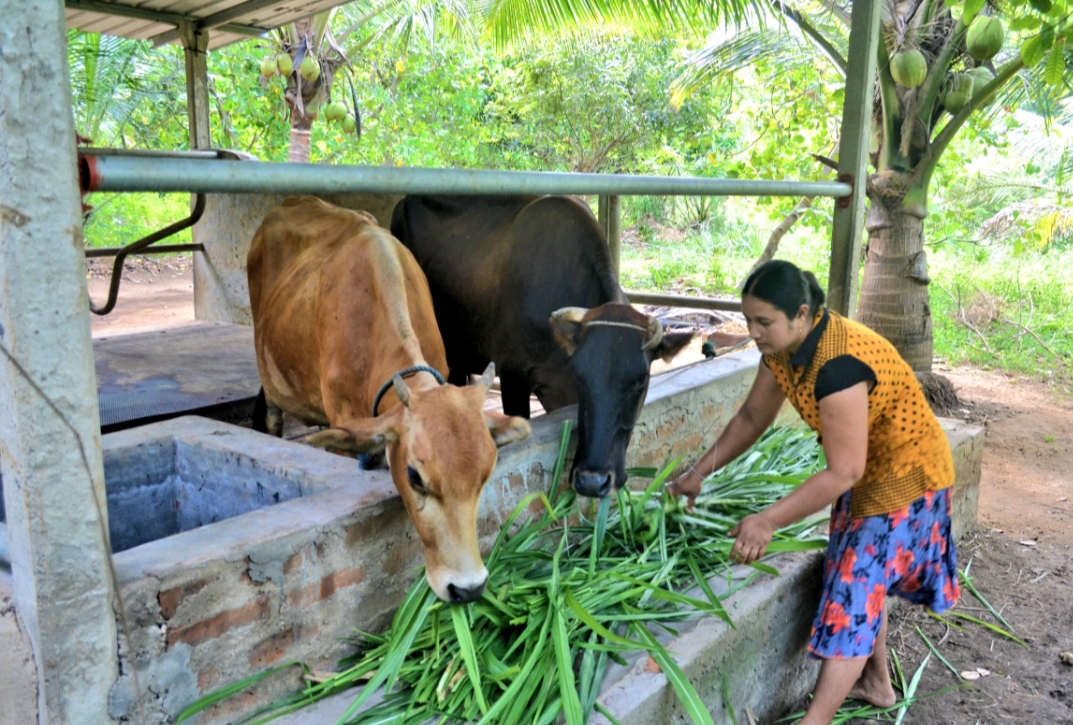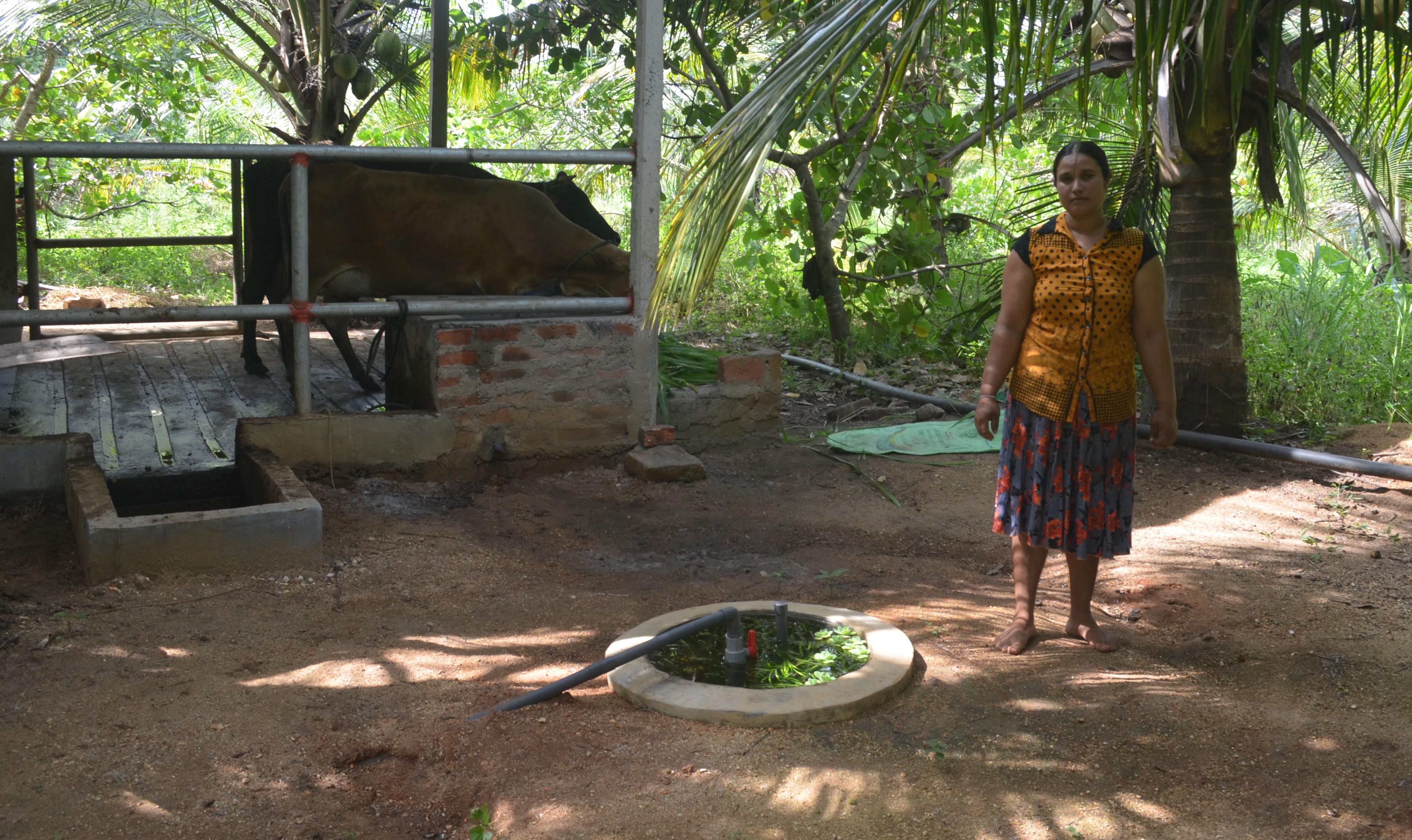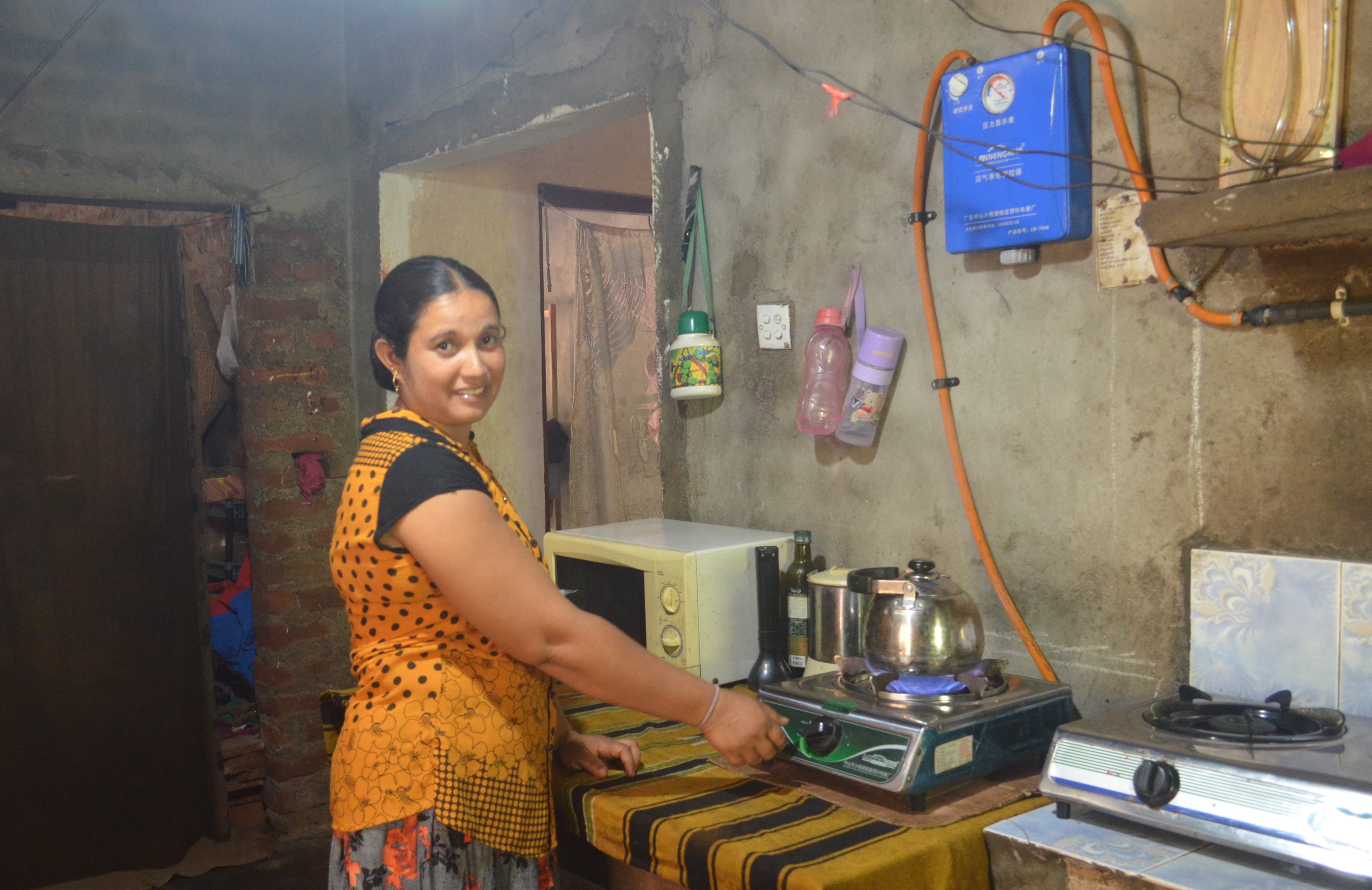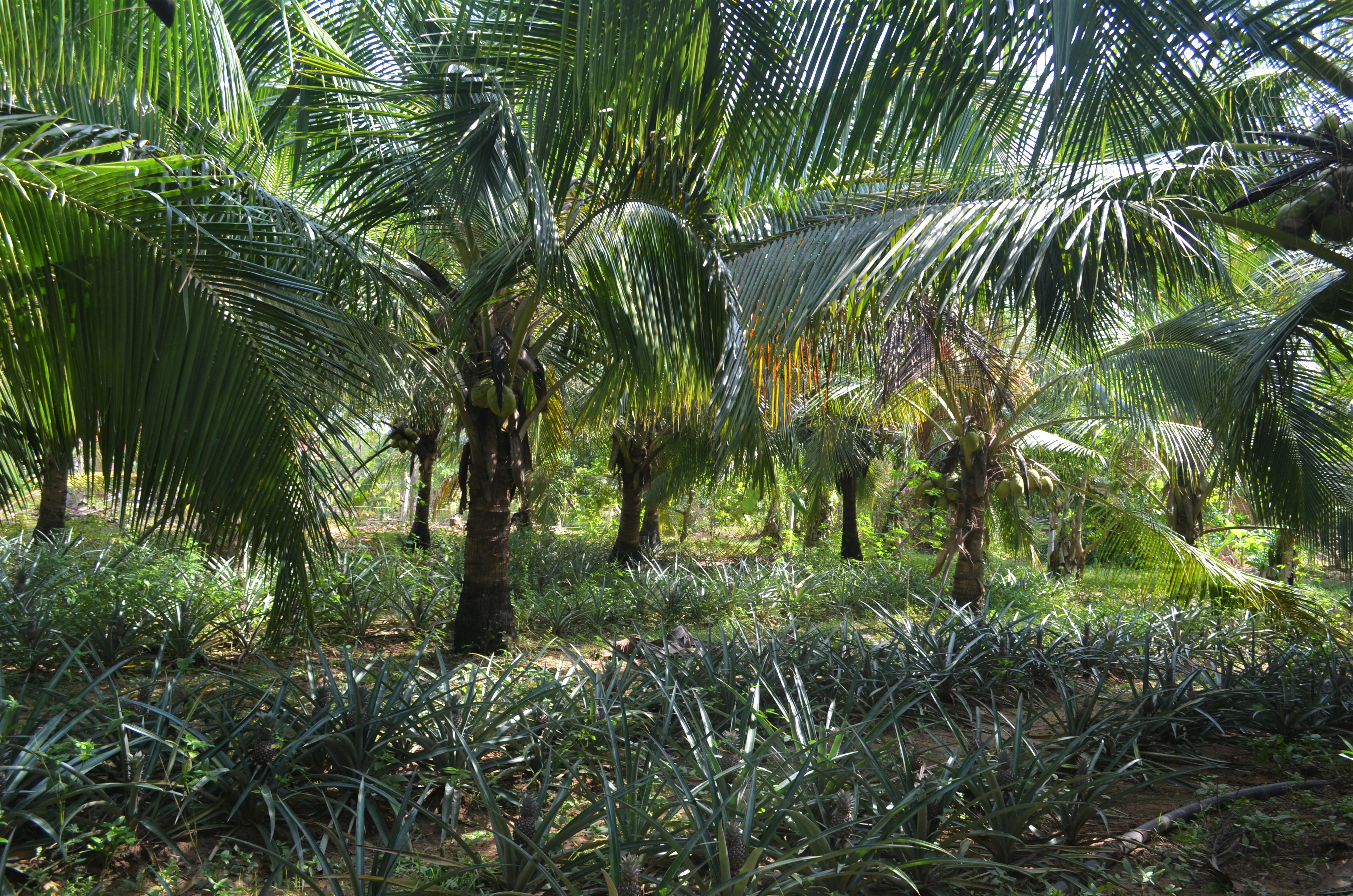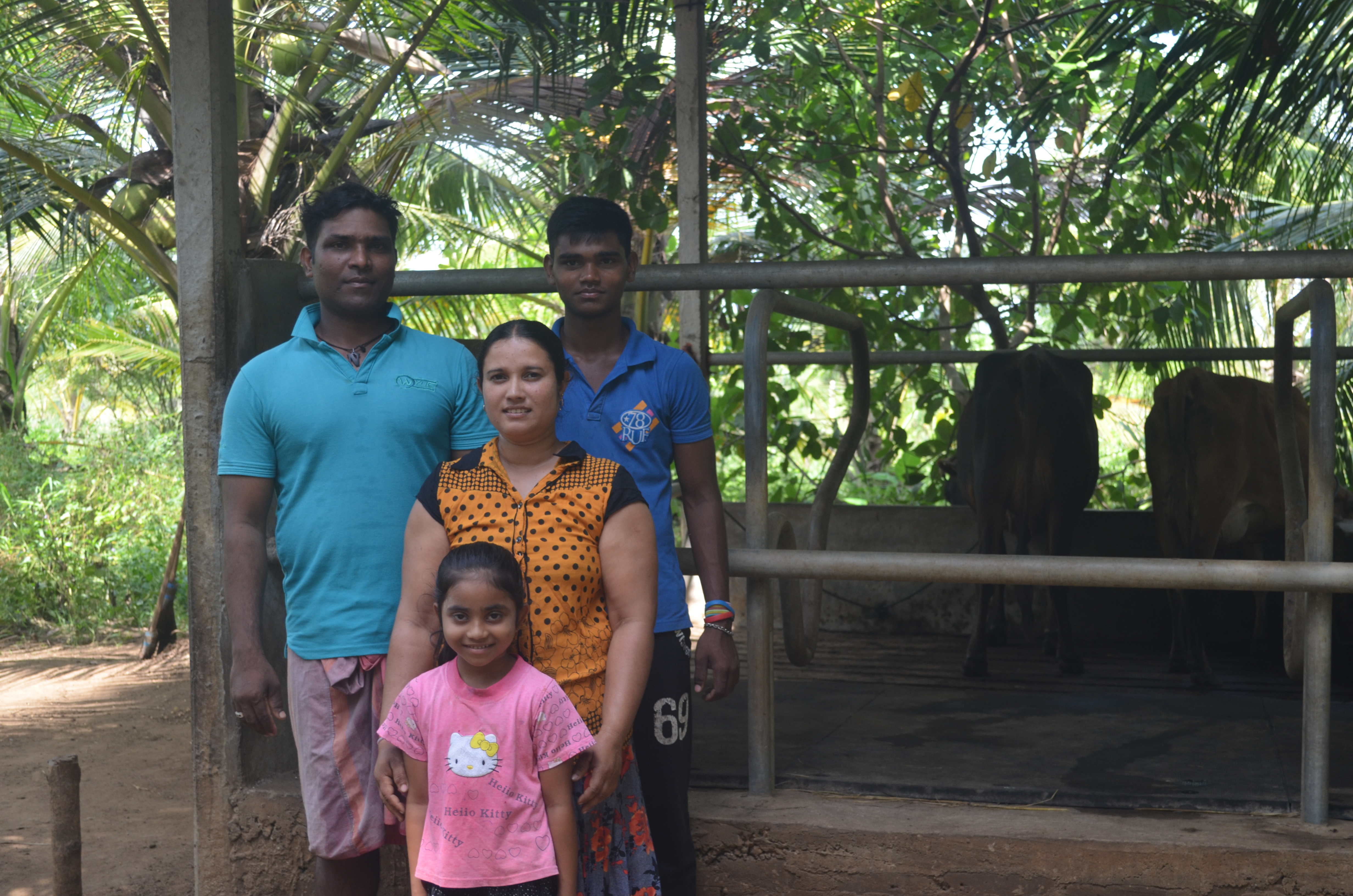Balancing the Act: Livestock Farming and Bio-Gas Production Brings About Economic and Climate Change Adaptation (CCA) Benefits
By Ganga Kariyawasam and Sakshi Selvanathan
Improving livestock farming is a prerequisite in providing food for an increasing population and as well as in securing the livelihoods of farmers. As a consequence, however, livestock farming creates a large carbon footprint and contributes significantly to global warming. If global greenhouse gas (GHG) emissions are considered by sector, agriculture is the second largest GHG emitter with a percentage of 18.4%, where livestock and manure account for 5.8% of total global GHG emissions (Ritchie and Roser, 2020)[1].
As a sustainable solution to this issue and to bring about ecological balance, biogas generation is carried out in livestock farms to reduce GHG emissions by providing the means to address the root causes of climate change. In line with the same principle, the Climate Resilient Integrated Water Management Project (CRIWMP) introduces biogas generation units to cattle farmers, and thereby mobilizes farmer communities in the dry zone to adopt climate resilient agricultural activities.
The project established two biogas units in the Kurunegala district, and Asha’s family is one among the privileged recipients living in Amunukole village (more specifically, in the Galgamuwa Divisional Secretariat). Asha Madhumali (31) and Nalin Jayarathna (33) are an exemplary young farmer family engaging in farming and cattle rearing. Their son and daughter are still schooling but always support farming, which is the family’s main livelihood.
Asha started her story with gratitude: “The project supported us since 2018 – it supported us to construct a cattle-shed, and now we have three cows and two calves. Moreover, we got this bio-gas unit last year to effectively use cattle manure to produce energy. Since then, I use biogas for cooking, and I haven’t use LP gas and firewood. We were able to save not only the money spent for LP gas, but also my time spent on finding firewood and cooking using the hearth”. Asha is pleased to have an easy fuel option for cooking, which simultaneously contributes to protecting the environment and enhancing carbon sinks, in stark comparison to LP gas and firewood.
Asha further added that: “There is excess gas production: thus, we are planning to transform gas into electricity for lighting”. It is important to note that biogas is a renewable energy source, and that the production of electricity from biogas would reduce fossil energy consumption in total grid electricity production in the country.
Asha’s husband Nalin said, “The most valuable product for me is the bio-gas slurry. We use it to fertilize the coconut and pineapple plants in our farmyard. We don’t need to use chemical fertilizer and therefore, we save more money. There was a rapid growth of those young coconut plants, and the land is now full of immature coconuts to be harvested”. There are around 115 coconut plants in the 2-acre farmland belonging to Asha’s family. The family received 2,000 pineapple plants and a sprinkler irrigation unit from the project in 2018 and intercropped them with coconut plants. This can be taken as a model farmland, and it is located in the immediate catchment of the Amunukole tank of the Kadawala cascade.
Ensuring food security and securing human livelihoods while also protecting the climate and ecological balance is a challenging feat – and more technological options are required to maintain this balance. Biogas production is undoubtedly one of the most sustainable options in reducing GHG emissions, and supports the aforesaid balance. Furthermore, it enhances renewable energy utilization within the community and returns nutrients and organic content back into the farmland soil, ensuring sustainability of this method.
About the CRIWMP or ‘Wew Gam Pubuduwa’:
The Sri Lanka Red Cross Society (SLRCS) mobilizes farmer communities in the dry zone to adapt climate-resilient agricultural activities and is an implementing organization of CRIWMP – which is a 7-year project begun in 2017, aiming at strengthening the resilience of smallholder farmers in Sri Lanka’s Dry Zone to unpredictable climate and extreme events.
The Project is financed through a grant received from the Green Climate Fund (GCF) while the Government of Sri Lanka has committed to co-finance the activities identified under the Project as well. The Ministry of Irrigation is an implementing partner for this project, and technical assistance is lent by the United Nations Development Program (UNDP) as well. The SLRCS works with a number of government institutions to deliver the project activities and outputs while measuring its impact.
[1] Reference: Ritchie, H. and Roser, M. 2020. Emissions by Sector. Available in https://ourworldindata.org/emissions-by-sector (Accessed 17 March 2020)
